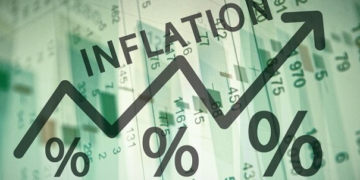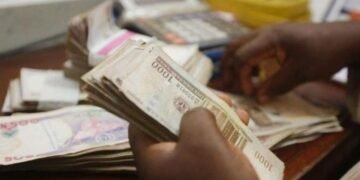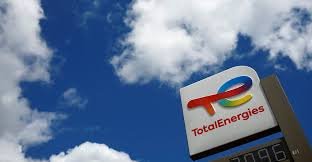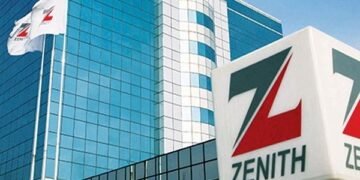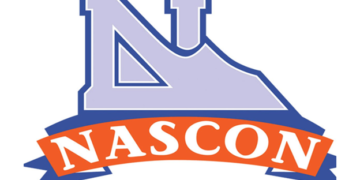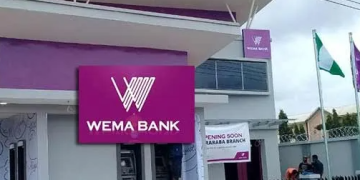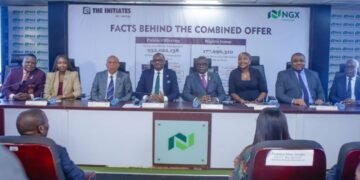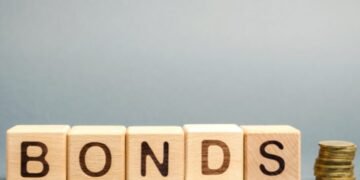In week 5, we listened to the interesting stories that the asset values tell about the company. Assets, that is “something valuable that an entity owns, benefits from, or has use of, in generating income”, according to Business Dictionary. All business aspire to generate income, and by doing so increase the wealth of the business owners, so invariably all businesses need assets.
What are the sources of the fund to procure the assets that will in turn generate profits? Funds for the asset comes from liabilities or shareholders’ equity.
In this week’s class, we will be discussing liabilities. According to Business Dictionary, in finance, Liability is “a claim against the assets, or legal obligation of a person or organization, arising out of past or current transactions or actions.
Read; The International Finance Corporation (IFC): Project/Investment Cycle
In week 3, we introduced the Balance sheet, and stated that it comprises of left and right hand columns.
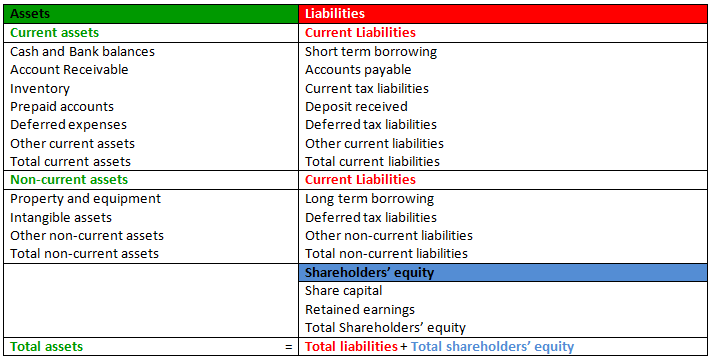
Table 1: Components of Balance sheet or Statement of Financial Position
The assets on the left hand side is funded by the liabilities and shareholders’ equity on the right hand side.
Do you remember our friends at Obi & Ada Enterprises? Obi and Aba were cousins who started a business of buying farm produce from villages, packaging and selling them to customers in the city. They called their company, Obi & Ada Enterprises.
In week 3, they had informed us there are plans to expand the business by opening a new store in another part of town, and expanding its supply chain to cover a new village. This expansion can only be funded from the right side of the balance sheet, and be reflected on the left side.
Read also; Breaking News: President Terminates US Relation with WHO
We will use the liability column below, which is the balance sheet of a company listed on the Nigerian Stock Exchange, involved in a similar business at that being carried out by Obi & Ada Enterprises.
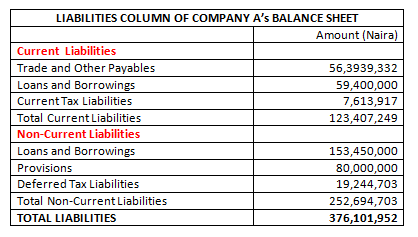
Table 2: The Liability column from the Balance Sheet for the period ended 31st Dec. 2019
Liabilities are either current (short-term) or non-current (long-term). It is considered current liability if it is expected to be concluded in 12 months or less, and considered to be long term if it is expected to be concluded in 12 months or greater.
In the course of buying fruits from their suppliers in the villages, Obi and/or Ada get the fruits on credit, to be paid on a later date. This debt owed to the supplier will be recorded as accounts payable.
To fund the expansion of the business, Obi & Ada Enterprises took some loans from the banks. If the loan is to be repaid within the financial year, it will be recorded under current liabilities, and if it is a loan to be repaid in the coming years, then it will be recorded under non-current liabilities. This liability item can be seen labelled as “Loans and Borrowings”.
Other than banks, the company can also borrow money from investors in a financial market like the Nigerian Stock Exchange, through instruments like commercial papers or corporate bonds.
Read; A Beginners Guide to Investing in the Nigerian Financial Market: Fixed Income Assets
Payment of tax is an obligation by all businesses, but taxes are paid on the profits of the business, and therefore cannot be prepaid. So what does the accountant do when preparing the financial statement, knowing that taxes will be paid for the month, but can only be made next month?
What about salaries? Obi & Ada Enterprises pay its staff on the first week of a new month, for the services rendered in the preceding month. This presents the same problem to the accountant preparing the financial statement for the month, as was presented by the tax.
The item, current tax liabilities seen on the liability section above is for the tax that the company will pay on the earnings of the month. In the case of Obi & Ada Enterprises paying employees on the first week of the new month, an additional liability item will be added; accrued payroll.
The accrued payroll can equally be captured under the “other payables” thereby reducing the number of items to be recorded. What else can Obi & Ada Enterprises pay in the following month, rather than the month when the expense accrued?
Electricity and Water bills, pension plan liabilities for its employees, audit fees, rental fees etc.
Read; Nigeria’s Business Laws and Tax System: What every Business Owner should Know: Part 1
In some instances, and mostly as part of government incentive to support businesses for the goal of advancing economic growth, taxes can be allowed to paid in coming years, therefore putting the taxes owed out of the allowable range of current liabilities.
These taxes will be captured under the non-current liability as deferred tax liabilities.
It is always prudent for a business to plan for all eventualities, the liability item called provisions in our liability column can be for such events.
For the company that own the balance sheet we are using for illustration, the provisions represent management’s estimate of the company’s probable exposure to legal matters at the end of the year. The provision has been stated as a non-current liability because it is not expected to crystalize in the next one year.
As we have learnt so far, all liabilities are due at one point or the other; within 12 months for current or after 12 months for non-current, the other column on the right side of the balance sheet is never due.
This is the shareholders’ equity, and it is never due because shareholders cannot withdraw their money at will.
In next weeks class, we will take a look at what shareholders’ equity is all about.
Written by;
Nnamdi M.










